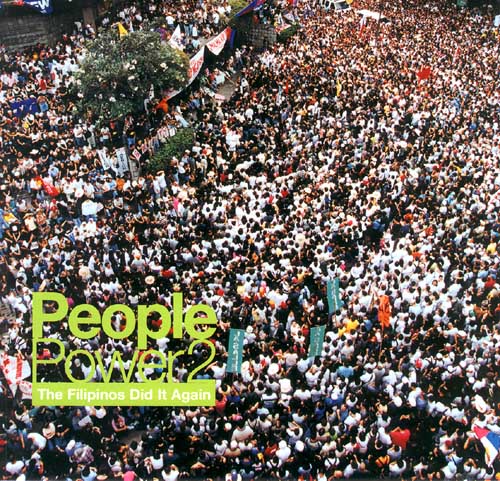PUPLIC
PARTICIPATION
Page 1
SUSTAINABLE DEVELOPMENT AND PARTICIPATORY PROCESSES
Page 2
WHAT
IS PUBLIC PARTICIPATION?
Page 6
DIFFERENT
WAYS
TO INVOLVE THE PUBLIC
Page 7
ROUND TABLES IN CANADA
Page 9
USING
ROUND TABLES IN THE TRANSPORTATION SECTOR IN POLAND
Page 10
URBAN
GREENING. PUBLIC PARTICIPATION IN
BANGKOK
Page 13
ENLISTING THE PUBLIC TO CLEAN UP CITIES
Page 15
EMPOWERMENT
AND PUPLIC PARTICIPATION
Page17
ICSC'S
ROLE AS A BROKER
Page 20
ICSC'S
CANADIAN TEAM-
PUPLIC PARTICIPATION AND MULTI-PARTY PROCESSES
Page 21


DOWNLOAD
TEXT ONLY
|

The
Future of Public Participation
People inside and outside of government, have questioned the value
of public participation. While some bureaucrats worry about losing
their influence over decisions, and certain environmental organizations
would rather protest than participate, for the most part, public
involvement has been accepted as contributing to more informed
decision-making in government. In certain cases, for example,
it can be demonstrated that it has improved environmental assessments,
has stopped bad projects or allowed appropriate development to
proceed.
Modern governments are moving toward a post-bureaucratic
model of a public organization, one which is client-centered,
people-centered, and results oriented. Public participation is
integral to such a transformation. Public participation also plays
an important role in societies in transition to democracy.
In the private sector, businesses are turning toward
public participation as they strive to improve relationships with
key customers. Heavy industry and resource-based companies are
institutionalizing public participation into their management
principles as they "go global". Environmental assessment
processes are providing people in Asia, Africa and South America
with the opportunity, in many cases for the first time, to participate
in decisions that will affect them.
Civil society organizations are becoming very sophisticated
in using public participation processes to achieve their goals.
And once they experience involvement, they expect to be involved
in future decisions.
At a macro level, one could argue that the non-violent
movements of Gandhi, Edsa in the Philippines, Solidarity in Poland,
Vaclav Havel's election in Czechoslovakia and the collapse of
the Berlin Wall were examples of public participation in direct
democracy. The successful international campaign against the Multilateral
Agreement on Investment and recent protests over Free Trade Agreements
are intimately connected with the process of public participation.
When the public is left out, eventually it will find a way to
have an influence. The question is no longer whether to involve
the public, it is when and how best to involve them.

Page 4 Page 5 Page
6
GO TO
PAGE1, 2,
3, 4,
5, 6,
7, 8, 9,
10, 11,
12, 13,
14, 15,
16, 17,
18,
19,
20,
21,
Copyright ICSC 2000
|